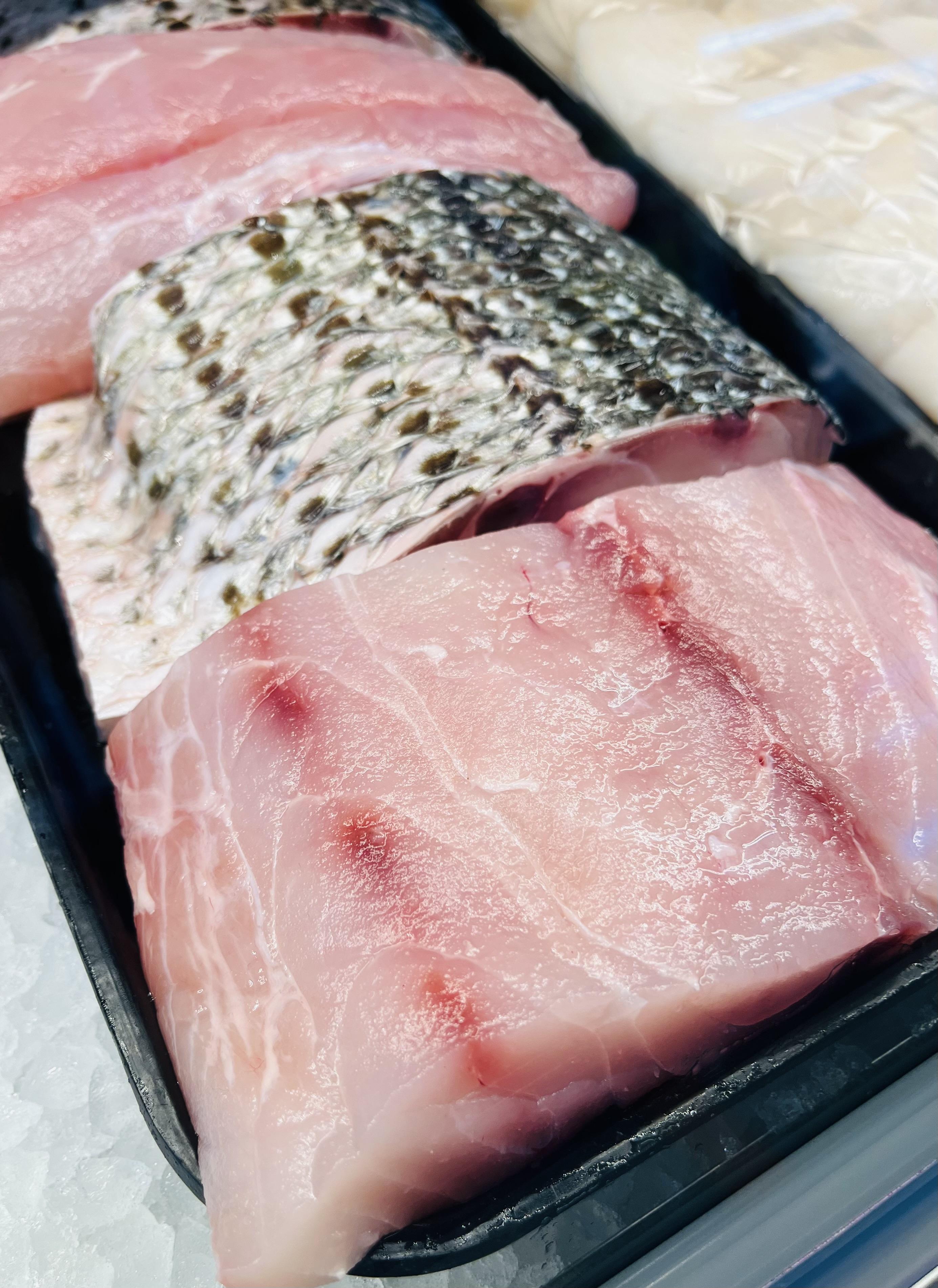Seven years ago, I'd wake up on a summer morning, drive down to the port, walk down to the fish shop, and select from whatever was caught in Puget Sound the night before or whatever was flown in from Alaska from 24 hours ago. Let me tell you, this stuff tasted infinitely better than what you'd find at your local Kroger-based store. It cost more, as well.
When you move to the desert, fresh seafood is not something easy to find.
It's a half-hour drive from my house to the store. The store is all of 350 square feet ... all fresh fish. It's more expensive than buying frozen fish sticks, I'll tell ya that much. But the taste? Ohhhhhh.
When I showed up on Saturday, the line at the counter was ten-deep ... every person in there spending $100. Do the math. Their costs must be stupid high ... their revenue also stupid high.
Now, their Instagram page seems reasonable. Their emails, which I subscribe to, violate just about every single best practice your favorite thought leader can dream up.
"THIS
IS THE BEST PIECE OF FISH I'VE EATEN THIS YEAR"--NELLIE. WILD
STRIPED SEA BASS MA. 1ST OF THE SEASON. WHATEVER THEY ARE FEEDING ON THIS
YEAR (MOST LIKELY SQUID + EEL) HAS CREATED AN ICREDIBLY MOIST, FATTY, SWEET,
DELICATE FLAKEY FLESH...NOT TO BE MISSED IF YOU LOVE GREAT SEAFOOD!
All caps text screaming out their passion. It's five pages of this stuff! All good enough to get me in my car on a 116 degree day to drive thirty minutes to a 350 square foot store with a line ten-deep bending around the counter purchasing seafood at $42.50 a pound, in $100 quantities.
If you are the only place in Phoenix flying in fresh Faroe Island Salmon on a daily basis, you can charge $34 a pound, and without any competition to speak of, you can maintain price integrity.
Yeah, merchandise! What we sell matters. If we choose to sell stuff everybody else sells, it's hard to sell stuff, isn't it?
One of the brands many of my readers love sent me three emails on Sunday offering more than 50% off. Three! Seriously, do you even care about the merchandise you sell if you have to send me three emails on a Sunday begging me to pay half? "You'll love our Chinos!" You don't even love your own Chinos! If you loved them you wouldn't price them at $59.99 and then offer them at half-off and then offer an additional 30% off on top of the half-off because it's "Christmas in July". You are selling the Chinos for $21.00, which means the gross margin is probably $14.00. It's contempt for the product, and it's contempt for the customer.
I worked with a company that had Seth Godin visit and speak to the employees. Yeah, that's old-school. He was the pundit of the day. This company sold stuff you can purchase just about anywhere. This brand spent about 25% of their net sales on marketing, a whopping percentage. Mr. Godin alluded (gently) to the fact that if you have to spend 25% of net sales on marketing you don't have a compelling story. Shoulders slumped. Mr. Godin got paid. Nothing changed.
Your merchandise should easily translate to a compelling story.
And if your merchandise does not easily translate into a compelling story, you have to create a story tangential to your merchandise. How the heck does Crutchfield stay in business when Amazon or Best Buy copied their assortment? How the heck does Orvis still do $300,000,000 in annual net sales?
Sell something unique and charge whatever you want - the merchandise becomes your story.
Sell something anybody can get anywhere and you better have a compelling story tangential to what you are selling.







